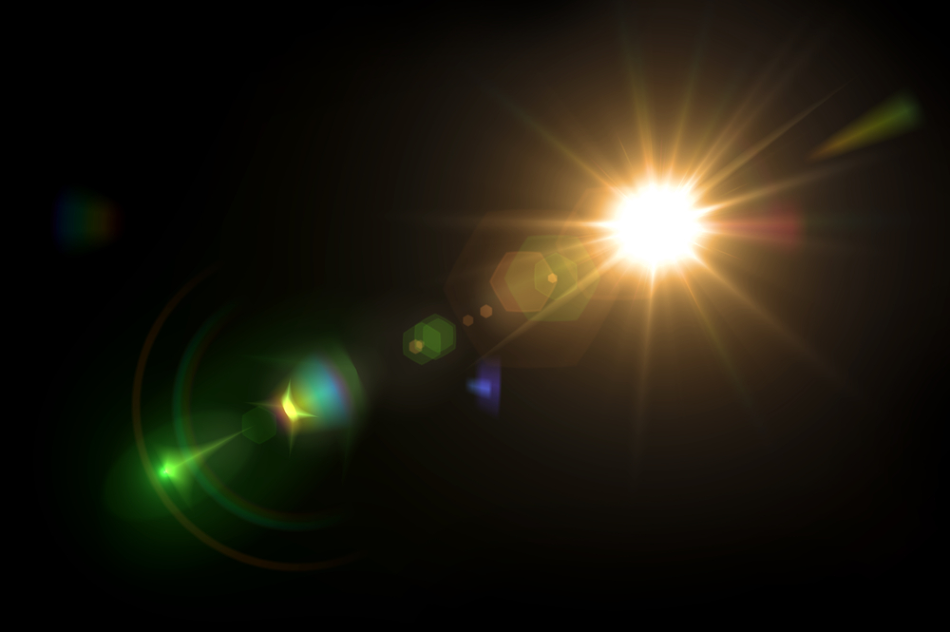Avalanche Photodiodes (APD) are mainly suitable for Light Detection and Ranging (LIDAR), and these are required to meet the growing market of laser-based distance measurement, shape recognition and remote sensing, and laser scanning and mapping. As it is the case of LIDAR, APDs are preferentially used for applications with high modulation frequencies or extremely low optical signal strength.

Image Credit: Shutterstock/Naumov S
LIDAR vs. Radar
LIDAR is an optical remote sensing technology. An emitter emits infrared laser pulses and a photodiode detects the reflected light. The relative speed and the distance of other objects can be determined from the speed of light and the runtime of the signal (time of flight). LIDAR follows a similar measurement method as that of radar. It has the significant advantage of a much higher resolution, although both technologies provide comparable ranges for similar applications. LIDAR systems can be manufactured at lower costs since less expensive components are required. Moreover, a single system can cover long and short ranges.
Higher angular resolution makes APDs even more advantageous, particularly when it comes to more challenging automotive applications. Sophisticated driver assistance systems such as collision avoidance systems or adaptive cruise control (ACC) offer a more comfortable driving experience and also lower the severity of accidents or even prevent crashes completely. Although some of these systems are already well recognized in higher vehicle classes, much more improved assistance systems are introduced to handle the increasing number of complicated traffic situations.
LIDAR Technology
LIDAR systems have an angular resolution that makes it possible to identify the vertical or horizontal position of a pedestrian or car more precisely, and to differentiate different objects that are moving with the same speed and located at the same distance. LIDAR sensors are different from radar as they can recognize the size and thus draw conclusions regarding the type of the object. LIDAR technology is known to perform less in bad weather conditions, but latest generations of LIDAR systems insure a high functionality even with fog or rain by receiving several echoes from a single laser beam.
Traditional LIDAR range finding systems have been in use for defense and civil applications for many years. The so-called laser radar (LADAR) is a similar technology that is being used to create a 3D image of moving or fixed objects. This is fascinating, particularly for orientation and surveillance tasks to match traditional image technologies in autonomous vehicle systems, including unmanned aerial vehicles (UAVs). In another application, a Laser Radar seeker is capable of identifying specific features (such as the shape of a flying object), detecting objects from a distance of 350 m with a resolution of 10-15 cm, and even reacting with countermeasure activities.
A traditional approach was to use a laser opto-mechanical scanner that needed advanced optics. A real-time LADAR imaging of moving targets with a single pulse is enabled by a matrix APD array. Each channel of the array, within a single laser pulse, receives the reflected signal from the object in a timed sequence. APD arrays have a much higher sensitivity compared to CMOS based solutions, allowing identification and detection of objects that are hundreds or thousands of meters away.
LIDAR Applications
LIDAR systems are also becoming increasingly relevant for environmental applications. On the basis of the differences in the backscattering of various particles, LIDAR systems are employed for atmospheric measurements, for instance for the identification of traces of gases related to the climate and for the analysis of aerosol layers, clouds and status parameters of atmosphere. In addition, the importance of the technology is gradually increasing for the wind energy industry where it is used for the measurement of direction and wind speed. Another major field for LIDAR applications is Mapping or Cartography.
In this case, airplanes are fitted with sensors, which scan the surface of the earth and objects on it. 3D maps are created using the data. These maps form the basis, for instance the analysis of the risk of landslides or coastal erosions to save lives and also geographic information systems and key construction projects worldwide.
APD Technology
For over two decades, silicon APDs have been manufactured and enhanced by First Sensor for complex sensor solutions. The company offers an extensive range of APDs for distance measurement and range finding applications. Optimized for 905 nm laser radiation, the series - 9 APDs has a slow slope gain curve, low noise, fast rise time and high quantum efficiency, and is therefore especially suitable for LIDAR applications.
The product line consists of both single element APDs and arrays in 5 x 5 (25 APD-pixel) and 8 x 8 (64 APD-pixel) matrix geometries and in linear configuration with up to 16 elements to serve particular requirements. These arrays are provided as component level devices as well as hybrid modules, simplifying the evaluation and integration into the customer’s system. Standard TOs, ceramic carriers and cost efficient organic carrier SMD packages are included in the high reliability packages. In order to improve signal to-noise performance, all packages can be constructed with specific band pass filters that match the laser wavelength.
Conclusion
First Sensor’s products are customizable and can be developed or adapted to suit particular applications or requirements. For more information, customers can contact the company regarding packaging or specification solutions.

This information has been sourced, reviewed and adapted from materials provided by First Sensor AG.
For more information on this source, please visit First Sensor AG.